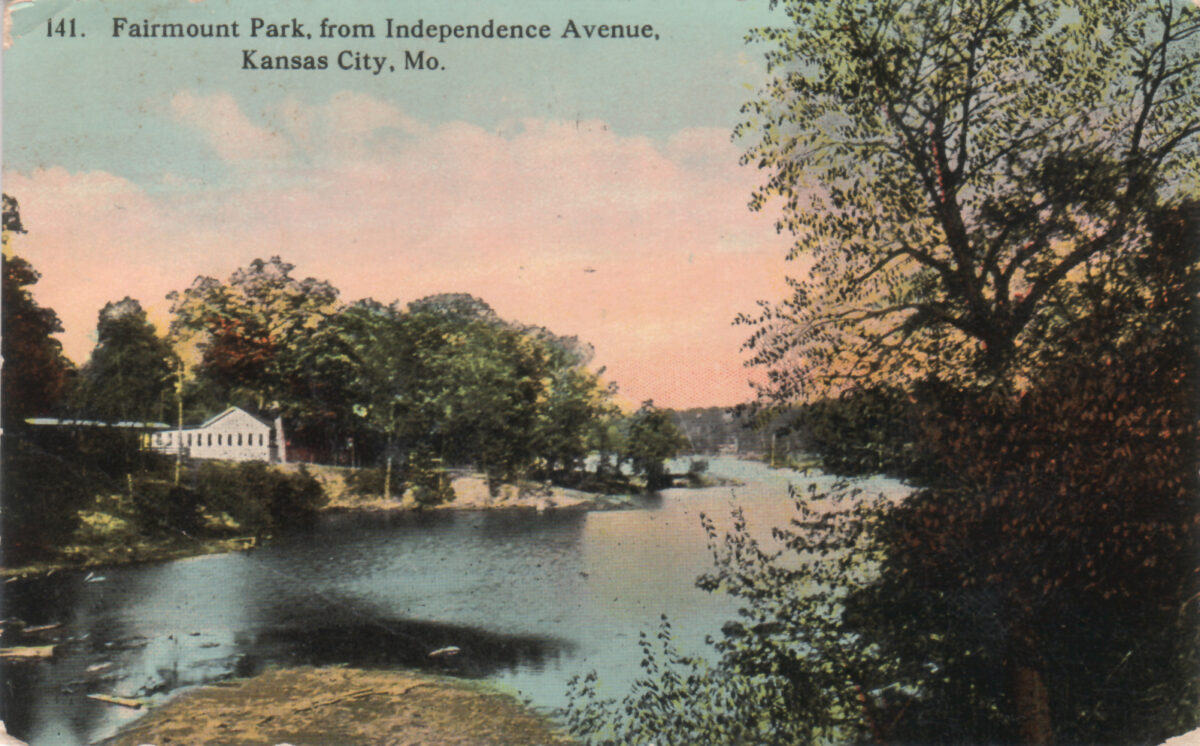
By Dorri Partain
Does your TV set still need rabbit ears?
Prior to the direct television signal offered through cable providers, television viewers relied on either an outdoor or indoor antenna to increase signal reception, providing a clearer picture and increased channel access. Both types had wiring that would be attached to terminals on the back of the TV.
Commonly referred to as “rabbit ears,” indoor antennas would sit on top of the TV set, with the adjustable dipoles maneuvered in various directions or extensions (as far as 38 inches) until a clear picture was achieved. Some users also believed a small amount of aluminum foil wrapped at the top of each antenna pole would increase reception. It was not uncommon for the “ears” to be re-positioned every time the channel was changed or each time the TV was turned back on.
Originally just manufactured to receive VHF (very high frequency) channels 2-13, the All-Channel Receiver Act of 1962 required that all new television sets include an UHF (ultra high frequency) tuner for additional channels 14-83. UHF channels existed prior, but since most viewers could not receive them, those channels were not commercially viable.
UHF reception requires a different type of antenna to boost the signal, either a loop or bow tie shape to accommodate the higher frequency. The bow tie antenna could be attached to one of the dipole antenna models, as if the rabbit ears were sporting a hair bow.
Radio Shack was one of many companies offering VHF-UHF combination antennas. Model ATV-1000 was advertised to “boost TV and FM Stereo signals up to 20dB – pulls in better color and sharpens black-and-white picture.” Other features included a rotary 12-position fine-tuning control with advanced circuitry and non-slip rubber feet that won’t scratch the TV top.
Radio Shack was founded in 1921 by brothers Theodore and Milton Deutschmann of Baltimore, Mass., with a retail store and mail order of amateur (ham) radio parts. When the company filed for bankruptcy in 1962, it was purchased by Charles Tandy, owner of Tandy Leather for $300,000.
Following another bankruptcy filing in 2015, most stores were closed and the Radio Shack trademark was sold in November 2020 to an investment company offering cryptocurrency, not radios.

















